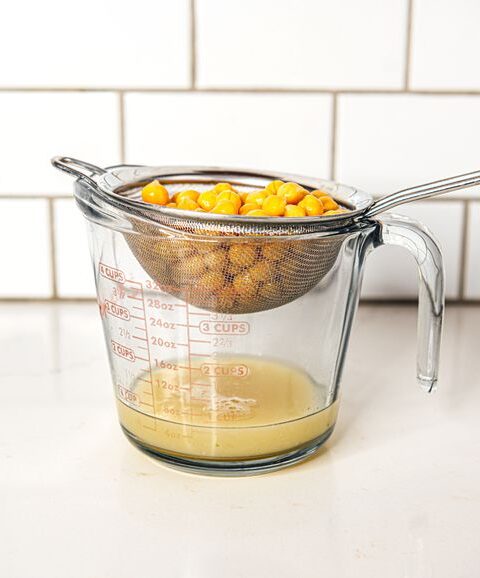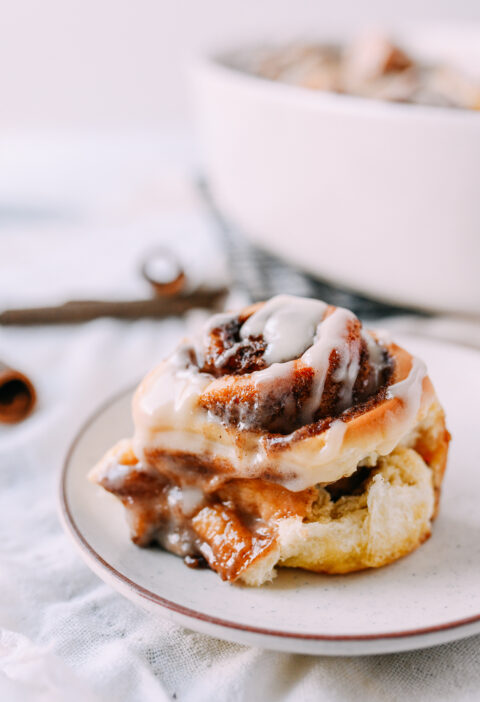Coconut flakes: The original recipe suggests using sweetened coconut flakes, which are typically more moist and, obviously, sweeter than regular unsweetened dried coconut. This does not necessarily change the outcome of the product much other than adding a bit more sweetness to the cookie.
Sweetened condensed milk: The recipe also requires sweetened condensed milk, an ingredient not always present in coconut macaroon recipes. It not only acts as the sugar and liquid in the recipe but also an emulsifier of the coconut flakes and contributes to a denser, more moist cookie. Produced by removing most of the water from the milk and adding sugar, sweetened condensed milk is about forty-five percent sucrose and twenty-seven precent water. It’s high sugar content contributes to the caramelization that occurs during baking, giving the cookies a more caramelized flavor.
Vanilla extract: Vanilla extract is present in this recipe to enhance the flavor of the coconut. It is a mixture of water and ethanol that would, theoretically, increase the volatility of the mixture. However, the amount of vanilla extract in this recipe compared to the amount of water present in the egg whites makes that unlikely.
Egg whites: In this recipe, the whipped egg whites act as another emulsifier for the coconut flakes. The egg whites go through coagulation when whipped, which mechanically unravels the proteins, allowing them to form a foam. The reason the egg whites are able to hold this form despite the fact that they are comprised of ninety percent water is because the other ten percent of the egg whites is proteins. These proteins can be denatured by heat, acid, salt, alcohol, or mechanical forces, exposing the hydrophobic regions of the proteins and allowing them to coagulate and convert from a liquid state to a semi-solid or solid state. The proteins ovalbumin and ovomucin stabilize the foam which is formed by incorporating air into the food mechanically, denaturing the egg proteins and causing them to bind to each other. The albumin proteins help facilitate emulsification through their one hydrophilic end and hydrophobic end that helps the egg whites to bind simultaneously to water and oil, stabilizing the mixture and preventing separation.
Salt: The salt added to the egg whites helps trigger the denaturation process that occurs when the 3D protein structures unfold. Adding the salt to the egg whites also allows them to form stiff peaks and hold their form for longer. This is because the salt acts as a stabilizing ingredient that adds more structure than just whipping air.


